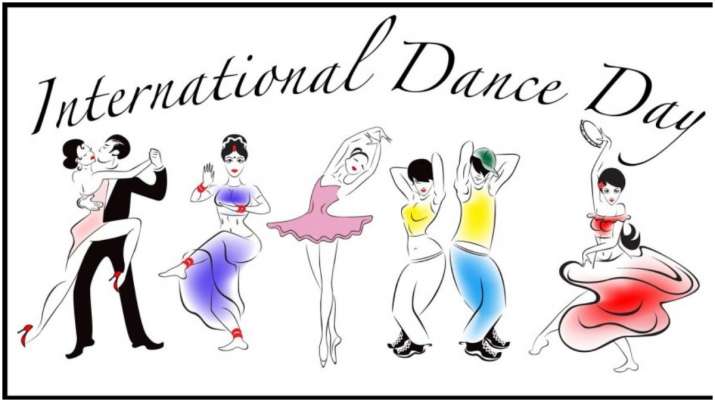Today is the International Dance Day. This year the theme is: ‘Purpose of dance’. This day was created in 1982 by the ‘Dance Committee of the International Theatre Institute ITI’. A partner of ‘Performing arts of UNESCO’. The goal was to introduce the value of this beautiful art form. Generally, the celebration is done by performing several dance acts to encourage participation and education in dance. Then let’s get educated about some dance styles. I’ll discuss 10 popular Asian traditional dance form. This reading is going to be a tour of the enrich Asia’s indigenous dance culture.
Chinese Dunhuang Dance
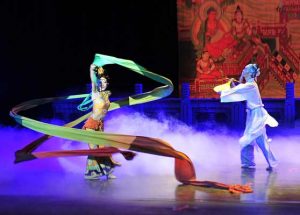
‘Dunhuang Dance’ was influenced by Buddhism. Dance experts who studied fresco paintings, created this dance form in late 1980. The popular ribbon dance in china is a part of this Dunhuang dance. You’ll see some reflection of Middle East, and India dance in Dunhuang dance. It’s because of the cultural influence. So don’t be surprise seeing some Dunhuang dancer doing similar Indian body or hand movements.
Indonesian Barong Dance
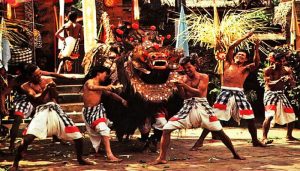
This dance form originates from Central Java, Indonesia. Barong is enacted through mythical story of a battle between the good and evil. The story says about Rangda, who was condemned by her husband for performing black magic. But Rangda wanted to be powerful. So, when their son Erlangga became king after his father, she wanted to take revenge. As a result, the furious she, summoned all the demons and evil spirits to attack Erlangga. The end shows how evil Rangda loses the battle against good. Since, the dance is quite intense, a priest will offer prayer before the act so that dancers don’t get hurt. Thus, more than just dance, Barong Dance is more prominent as dance drama. It is in fact a great attention for the tourist in Bali.
Malaysian Joget Dance
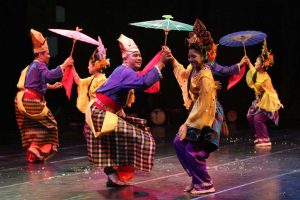
Joget is one of most favorite dances in Malaysia due to its lively charm. So, Joget is mostly performed during weddings, social and official functions. This is performed by couples in a fairly quick and upbeat tempo. Another variation of Joget is Joget Lambak. Here instead of small group, larger group of 4-5 couples performs together.
Philippines Tinikling Dance
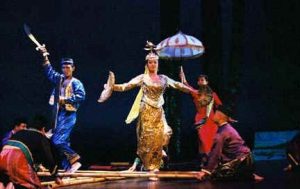
This is the oldest folk-dance form of Philippine. Also country’s national dance form. This dance originated from Visayan Islands. We mostly known this dance as ‘Bamboo Dance’. It involves a group of dancers to will clap, tap and slide bamboo poles against each other. Another group will then step in between those bamboo poles in rhythmic movement. Quite similar to our tribal dance from Rangamati. The men will generally wear the formal attire Barong Tagalog. Ladies wear checkered skirt and a traditional Philippine blouse called Patadyong. But both the gender will stay barefooted while dancing.
Thai Khon Dance
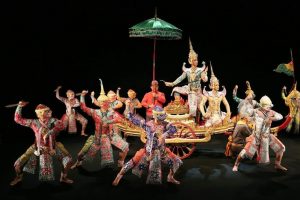
Khon is very prominent of the dances in Thailand. It combines acting, martial arts, dancing and chorus singing to tell story. Dancers will wear mask to look like the mythical characters. Beside mask, color is another essential element to bring out the ambience. You can call it the Thailand’s version of the Indian classic Ramayana. Khon is originally performed for the royalties. So, it includes the praising and support for the Monarchy. The whole act used to have only male dancers. Who will also play the female role. But after 1800 both men and women perform the Khon.
When talking about dancing, you’ll notice many diversion and influences of culture among countries. Still every form has its uniqueness and essence of the origin. Discussing the 10 popular Asian traditional dance form, the article celebrates the versatile Asian dancing history.
-Fashionblitzs/Maria

